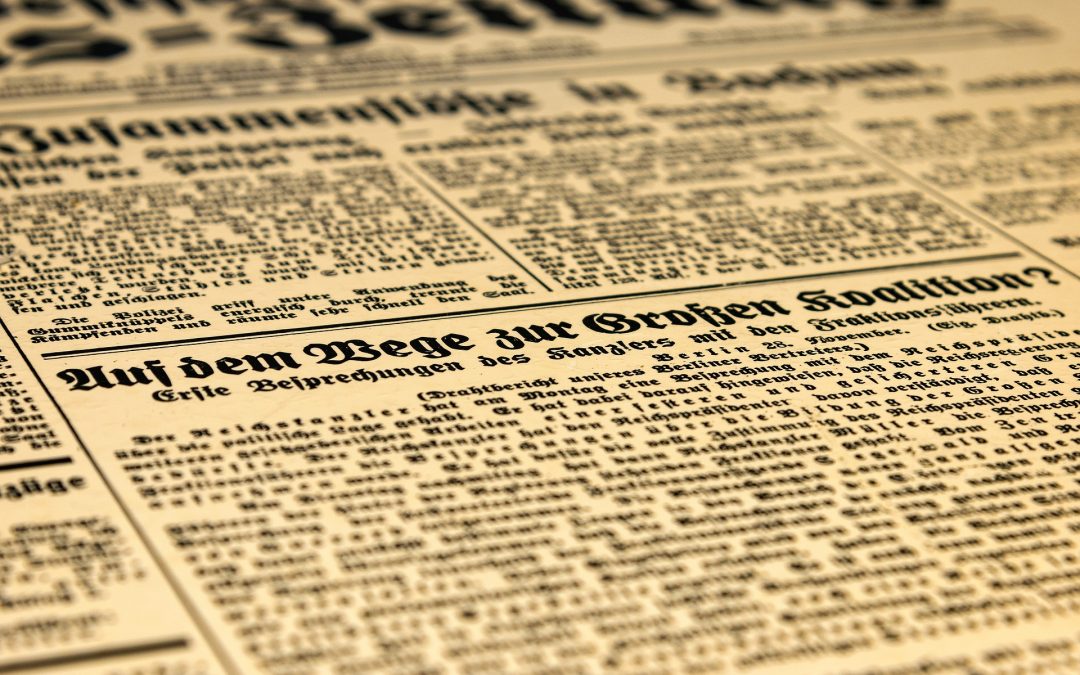This is an extract from my new book, Overnight Authority.
If you want a discounted copy, click the link (and come to my launch) https://www.eventbrite.com.au/e/117928040945
Elegant authors quote sources and attribute ideas. People sometimes worry that if they quote other people’s sources they will end up undermining themselves and showing that they don’t have original ideas. That is a problem if you’re not adding your own ideas to the debate and are over-quoting. However, clever quoting is positioning. Quoting your peers and your heroes, people you admire, is critical to positioning you among them and the other thought leaders in your field. You need to be polite and attribute ideas.
Respectful authors credit the sources of their ideas and information. Proper attribution addresses your uncertainty as an author. Quoting your peers, other influential thinkers and writers positions you alongside them. It boosts your credibility. And it puts you on the moral high ground should anyone rip off your ideas and claim them as their own.
Attribution is an art
Weaving in quotes and data from various sources takes a little thought, but adds richness to our writing. That makes it worth the effort. How do you do it? Do you include reference notes at the bottom of the page? Academic writing contains references and footnotes. You can do this through Microsoft Word. But this is a business book, so don’t include footnotes. References at the bottom can distract and suggest your book is a textbook rather than a business book. (If you feel the need to direct people to further reading, provide a ‘further reading’ list either at the end of the book or chapter.)
Quoting is difficult to do elegantly. Too much attribution is laborious to read. Too little is rude and may border on plagiarism. These are not the qualities you want in your writing. You want memorable, inspiring, and thought-provoking.
‘If I have seen further, it is by standing on the shoulders of giants,’ the English physicist and mathematician, Sir Isaac Newton, wrote in a letter to his brother in 1676. Newton’s way of expressing humility and gratitude was so ‘sticky’ that it has stayed with us for over 300 years! But let’s not scare ourselves with such lofty standards. We need not be as poetic as Newton.
Skilful attribution is learnable
In fact, we do it all the time. ‘Guess what Jane told me last Friday night,’ we say over coffee with a buddy. Or, ‘This article about plagiarism is so useful,’ you might write on Facebook or Twitter and share with a link to the story.
Here are some simple principles to help you avoid the pitfalls, and respect your sources.
Get their name, title and biographical details right
When I quoted Newton, I first wrote he was a scientist. But I wasn’t sure whether he lived in the 17th century, so I went to several sources: Wikipedia, which I am not snobby about, the Encyclopaedia Britannica, and Biography.com. I found Newton variously described as a mathematician, astronomer, philosopher and physicist.
Then I checked the British government’s broadcaster, the BBC, a source I trust. I discovered Newton wasn’t such a pleasant guy. Despite his memorable quote, Newton’s story ‘is also one of a monstrous ego who believed that he alone was able to understand God’s creation. His private life was far from rational—consumed by petty jealousies, bitter rivalries and a ruthless quest for reputation,’ according to the BBC.co.uk.
It’s always worth checking! He was knighted in April 1705 and so I must correctly title him, Sir Isaac Newton.
Start with the quote, then attribute the source (with one exception)
The website, The Writer’s Handbook, has this advice:
Integrating a quotation into your text usually involves two elements:
-
A signal that a quotation is coming—the author’s name and/or a reference to the work
-
An assertion that indicates the relationship of the quotation to your text.
I disagree. Put the quote first. Who you are quoting is less exciting than what they say—unless you are quoting a global celebrity who is not very interesting. Newton’s quote comes first, and then I name my source. Start at the most exciting part of your idea in every chapter, sub-topic, paragraph, sentence and quote.
There is an exception to this rule. When we switch sources, introduce the source first to avoid confusion about who is saying what. But make your introduction as short as possible.
Seek permission
The rules of copyright are quite complex and they vary around the world. I am not a copyright lawyer and you cannot use the following advice to defend a breach. That said, here are the principles.
Everything you publish is immediately copyright to you, whether or not you apply the © symbol on your work (a good idea). You do not have to pay for your own copyright (so watch the scammers). It lasts for a period of time, such as 50 years, variable by jurisdiction. If you want to quote someone else, and the material is under copyright, you must ask permission, except for “fair dealing”.

